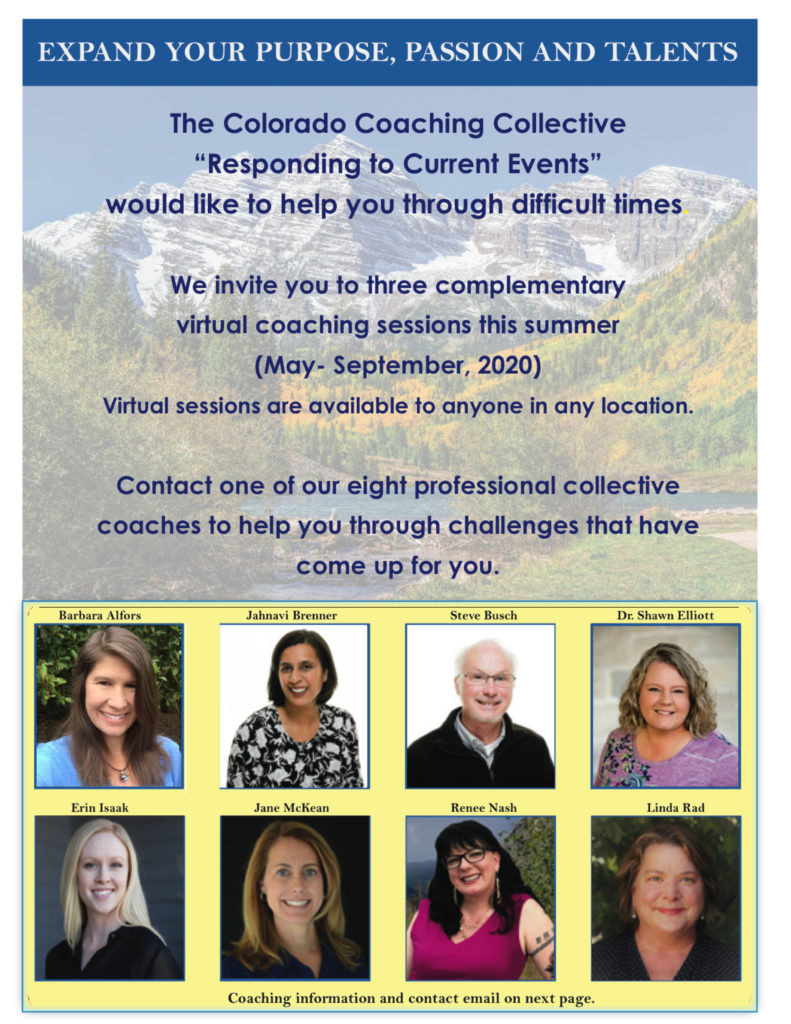
I’ve been a proponent of mindfulness practices for years now, and I believe they are truly useful in making our lives go more smoothly.
I took a webinar the other day that explained why – the prefrontal cortex (PFC), which controls our higher-level thinking, has limited capacity. This is the part of the brain that manages emotions and refocuses attention. When we are using our limbic system for thinking, we are overly reactive and don’t use that higher-level thinking. (The limbic system contains the amygdala, which you may be familiar with from the term “amygdala hijack.”)
So how do we build our capacity for higher level thinking and managing emotions? Mindfulness practices!
And how do we connect to the higher level thinking of our prefrontal cortex? Mindfulness again!
How does all this connect to resilience? We can think of resilience as the ability to recover after an upset, so having greater capacity to manage our emotions can help us recover more quickly.
It seems that most people have a hard time keeping a regular mindfulness practice (myself included!), so learning about how it expands our capacity for managing emotions is a useful motivation for me!
I’ve got some mindfulness resources here; and I found this article on resilience and brain plasticity interesting as well: https://thebestbrainpossible.com/neuroscience-resilient-brain-stress/ . If you’re interested in the different parts of the brain, this is a good read: https://www.therevisionist.org/reviews/role-of-prefrontal-cortex-in-cognitive-function/
If you would like to explore how to brighten your path, or are just curious about coaching, contact me to schedule a complimentary discovery session.



